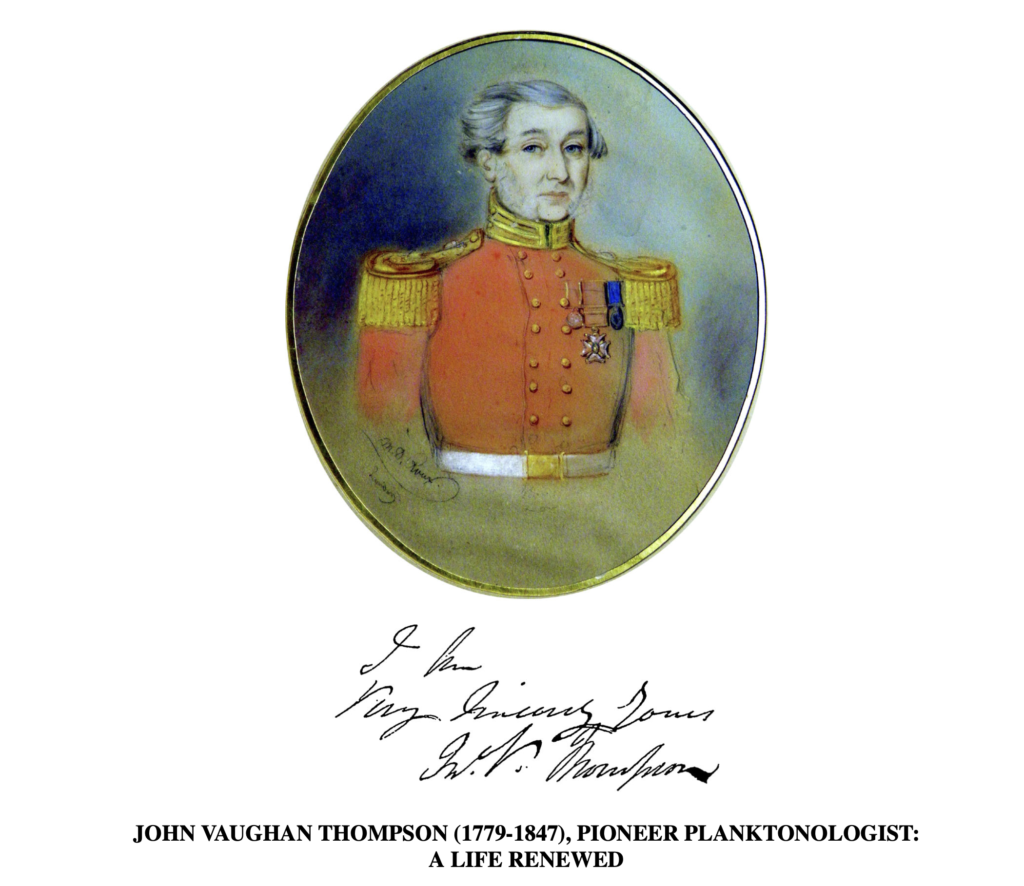The history of plankton nets is closely tied to the evolution of marine biology and oceanographic research. Plankton nets are essential tools for collecting plankton from the oceans. They allow scientists to study plankton biodiversity, ecological cycles, and environmental changes.
The use of plankton nets dates back several centuries, but their design and use have evolved significantly over time. Initially, the nets were made from natural materials such as cotton or linen and were dragged behind boats. However, these early nets were rudimentary and did not allow for precise and highly efficient plankton collection.
In the 19th century, with the rise of modern oceanography, researchers began developing more sophisticated plankton nets.
The earliest documented trace of a plankton net comes from John Vaughan Thompson, who developed a plankton net during his return journey from Mauritius, which reached the United Kingdom in 1816. Impressed by the bioluminescence of small crustaceans, which he would later name Sapphirina, he felt deeply indebted to this magnificent little creature. Its stunning appearance in the water inspired him to start using a muslin net. While the net did not allow him to capture a specimen, it brought up such a profusion of other marine animals, completely invisible in the sea, that it encouraged him to continue using it whenever the opportunity arose. He published his research in a series of six papers between 1828 and 1834.


The second recorded use of a plankton net was by Charles Darwin on January 10, 1832, during the Beagle voyage. His journal contains a sketch of the net, which seems to have been inspired by a trawl described by John Coldstream in a letter to Darwin. It is possible that Thompson’s idea was brought to Darwin’s attention by Robert Edmond Grant in Edinburgh. Darwin describes this “invention” as “a bag four feet deep, made of netting and attached to a semi-circular bow, which, by means of lines, is kept upright and towed behind the ship.” The following day, he notes that “the number of animals collected by the net is very large and perfectly explains how so many large animals can live so far from land. – Many of these creatures, so low in the scale of nature, are very exquisite in their shapes and rich colors. – It is astonishing that so much beauty has apparently been created for so little.”
Materials like silk and later nylon were used to make “socks” that were more durable and resistant. More precise weaving methods allowed the nets to make more selective collections of organisms based on their size.
This selective capability allowed scientists to study the vertical and horizontal distribution of plankton and its interactions with other marine organisms.
Today, plankton nets are standard tools used in oceanographic research and environmental monitoring. They are used in a wide variety of marine environments, ranging from coastal waters to the deep oceans. The data collected using these nets are essential for understanding marine ecology, biogeochemical cycles, and the impact of climate change on ocean ecosystems.


